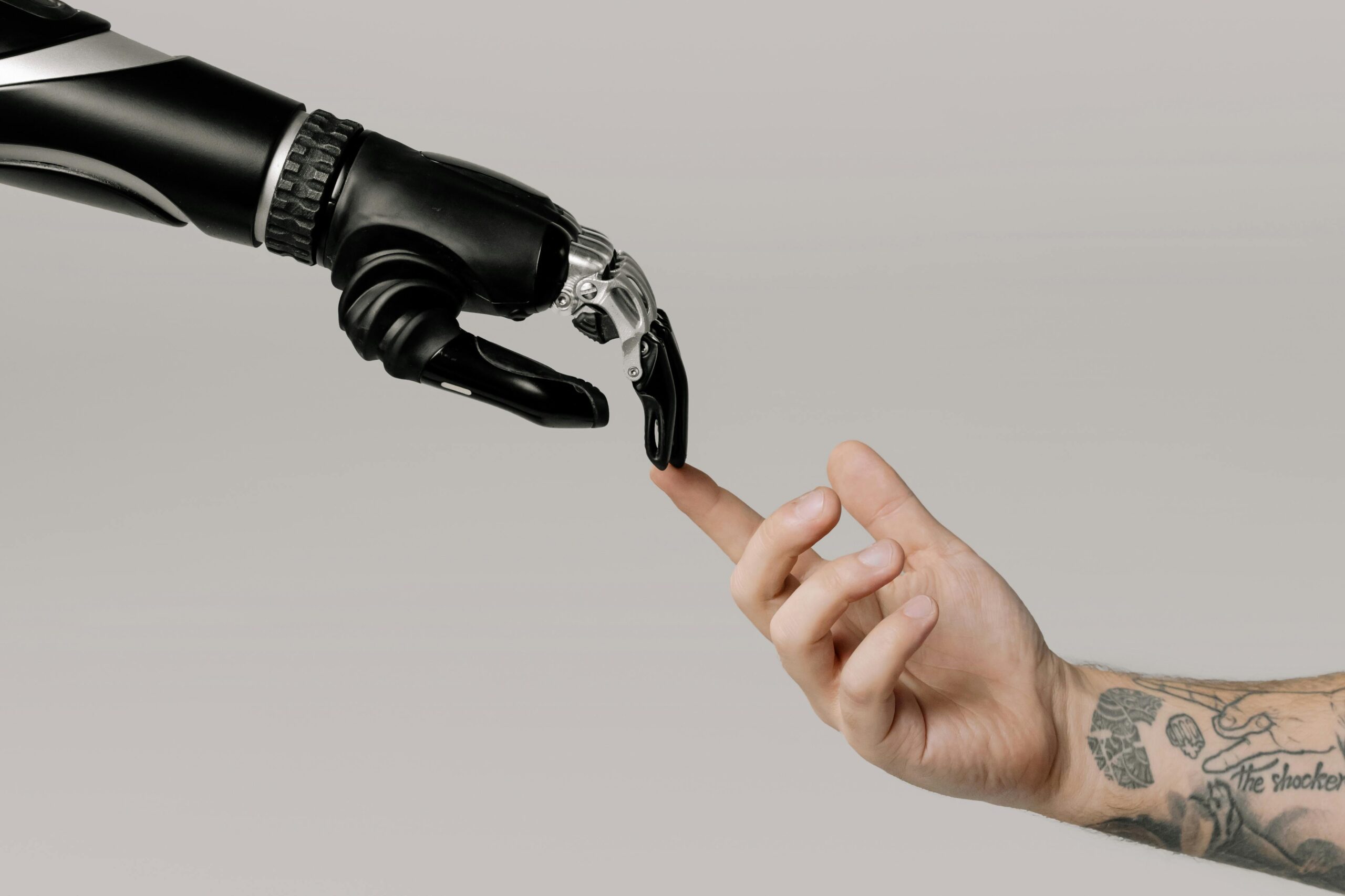Healthcare Cost Optimisation Through Digital Innovation
At gravity9, we help healthcare organisations achieve meaningful healthcare cost optimisation through smart architecture, data-driven automation, and digital modernisation. From reducing operational overhead to unlocking system efficiency, we deliver technology that makes every pound work harder — without compromising quality of care.
Why Healthcare Cost Optimisation Matters
Rising patient demand, ageing infrastructure, and complex funding structures have placed enormous pressure on healthcare providers. Optimising costs isn’t just about cutting spending — it’s about using resources more effectively to improve outcomes, scale services and future-proof systems.
This is where digital transformation plays a crucial role. At gravity9, we empower healthcare trusts and digital health partners to:
- Automate manual processes to reduce administrative burden
- Streamline IT infrastructure using scalable cloud-native platforms
- Integrate data sources to improve decision-making and reduce duplication
- Enable real-time insights to optimise staffing, resource allocation and patient flow
- Modernise legacy systems to lower maintenance costs and increase agility
gravity9’s Approach to Cost-Efficient Digital Healthcare
At gravity9, we work closely with healthcare organisations to modernise systems, improve efficiency, and deliver measurable cost savings. Our delivery model focuses on:
Domain-Driven Design
We build solutions around healthcare workflows and clinical priorities — not just technology stacks.
Event-Driven Architecture
Our systems are built for real-time responsiveness, supporting proactive decision-making and cost-effective service delivery.
Cloud-Native Engineering
We design scalable infrastructure on AWS, Azure or GCP, reducing capital spend and enabling usage-based operating models.
Data Integration & Interoperability
We eliminate data silos and integrate systems using FHIR, HL7 and custom APIs, helping reduce duplication and manual handling.
Agile Delivery
With rapid, incremental releases, we reduce time-to-value and keep transformation costs transparent and under control.
Real-World Impact
We’ve worked with healthcare trusts and digital health platforms to deliver:
- Technology adoption platforms that cut procurement time and improve ROI tracking
- Modern cloud-based data pipelines that consolidate insights across departments
- Automation of admin workflows saving hundreds of hours per year
- Legacy platform re-architecture that slashes maintenance and hosting costs
Every solution is designed with cost-efficiency, scalability and clinical safety in mind.
Why Partner with gravity9?
With global experience and local insight, gravity9 is a trusted technology partner for healthcare providers seeking to balance cost with innovation. Our expert teams offer:
- Deep knowledge of healthcare systems and NHS workflows
- Modern architecture practices tailored to health tech environments
- Flexible engagement models that scale to your needs and budgets
- A proven track record of delivering outcomes, not just outputs
Let’s Optimise the Future of Healthcare, Together
Ready to take control of spiralling costs without compromising care?
Speak to gravity9 today to explore how digital modernisation, cloud-native systems and real-time architecture can drive lasting healthcare cost optimisation.

